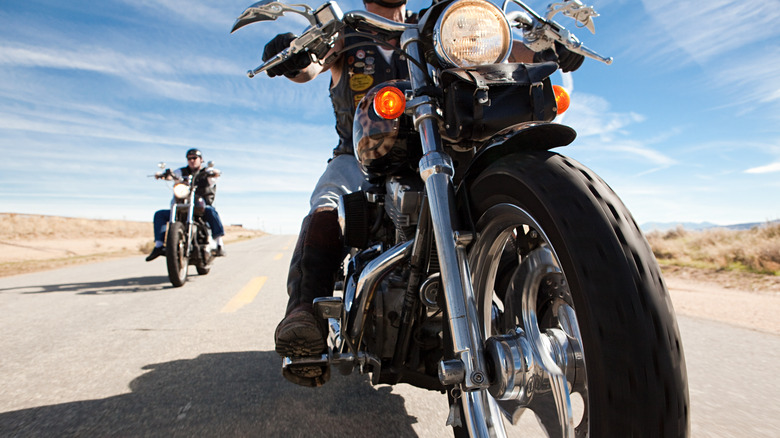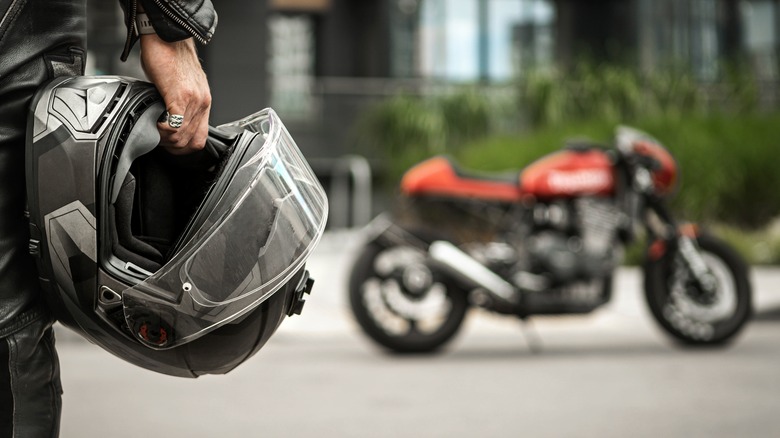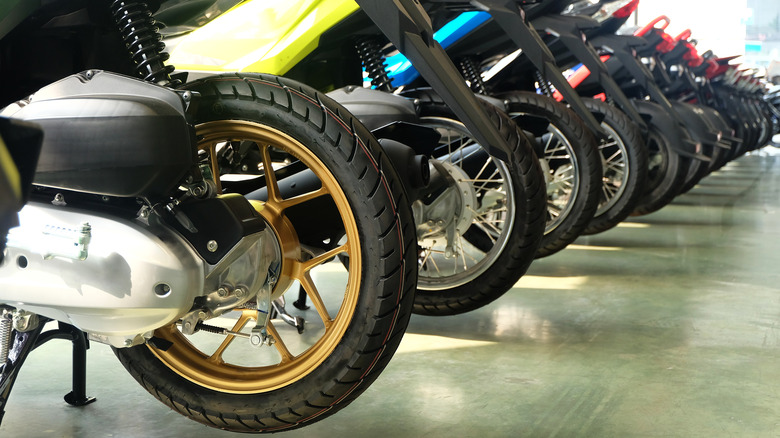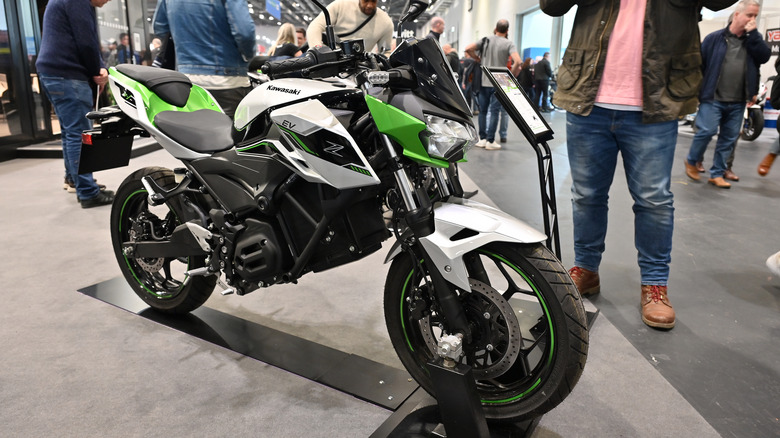4 Different Motorcycle Transmission Types Explained
When looking at most kinds of motor vehicles, having to decide between a manual or automatic transmission is usually a given. It happens with cars and trucks, and it happens with motorcycles.
The thing is, there's a bit more to motorcycle transmissions than a simple choice between one or the other, and it turns out there are actually a few different varieties when it comes to automatic motorcycles. In general, you can expect manuals to cost less (and by extension, sell for less) due to their comparably simpler construction.
While automatics cost more to buy and maintain, and are usually heavier because of, once again, the way they're built, manuals are a bit more complicated to drive due to the need to split focus with the clutch and shifting, and you're likely to experience smoother acceleration on an automatic. Really, there are trade-offs no matter what kind of transmission you pick.
Manuals
While there are some great automatic transmission motorcycles out there, manuals are still often the default. Likely due to automatics costing more (both to buy and to maintain), as well as usually being heavier (which can affect speed and control).
On paper, a motorcycle's manual transmission is similar to what you'll find on a car. Pull in the clutch and shift up or down to change between the five (sometimes six) gears as the bike goes faster or slower, respectively, and keep it in neutral when not in motion. Also, remember to shift down to a lower gear when slowing down or stopping. There's no reverse gear on most bikes — you just have to physically walk it backwards when in neutral — but the bigger difference is the shifting process itself.
Unlike a car, in which you would use a foot for the clutch and a hand for shifting, on a manual motorcycle, you have to pull in the clutch lever on the left-hand grip, and then use a pedal with your left foot to change gears. On top of that, neutral is placed between first and second gear (you can find it by lifting the shift pedal halfway when shifting up from first). And while a manual car transmission allows drivers to skip gears when accelerating or slowing down very quickly, motorcycle gears require you to shift up or down through each one sequentially. At least until you hit second and can go straight to neutral (or start from neutral and can jump to second gear).
Dual clutch
Just about every manual vehicle transmission has an automatic counterpart these days, and motorcycles are clearly no exception. However, a dual clutch transmission (DCT) is more like a bridge between manual and automatic, giving riders both options in a single package.
The reason it's called "dual clutch" is fairly literal: There are two separate clutches, with one set for odd-numbered gears (one through five) and the other for evens (two through six). Shifting up or down through the various gears effectively bounces back and forth between the two clutches, which allegedly makes the ride smoother (no noticeable lurching between gears) when in manual shifting mode.
Automatic mode is pretty much exactly what you'd think in that the bike does all the shifting for you, so you can focus more on riding, accelerating, or braking. But switch to manual mode, and you can control the shifting directly via a set of simple trigger controls to go up or down rather than a manual clutch handle and shift pedal. Additionally, DCTs aren't as tough on the gas tank as other transmission types, so you're likely to save a bit on fuel.
If you like the sound of a DCT, just keep one thing in mind: Despite pretty much acting as an automatic transmission (unless in manual mode), Honda explains that you will need a license for full manual in order to ride one. An automatic license won't cut it, even if you plan to never use the manual option.
Automatic transmissions
Of course, full automatic transmissions are indeed a thing for motorcycles, and are often referred to as a Continuously Variable Transmission (CVT). These are much more traditional automatics in practice, as they don't require any form of shifting — and don't have a manual mode like a DCT.
Braking is as important as it always is while riding, but other than that and twisting the throttle to start moving CVTs don't require any other driver input. Well, okay, steering too, but a CVT handles shifting up and down on its own, and is typically a smooth process since the clutch can move along uninterrupted, thanks to a centrifugal clutch that pushes a belt onto an alternating pair of tapered pulleys.
As the engine speeds up, the belt gets pushed higher between the two pulleys, and much like with a DCT, the alternating between pulleys during acceleration makes for a smoother ride compared to a manual transmission. Plus, you're not going to stall a CVT while driving since there's no way to accidentally find yourself in the wrong gear at any given speed.
Electric
It may be tempting to consider electric motorcycles as a form of CVT, since the driving experience is similar due to a lack of shifting, but they usually aren't so much an automatic transmission as a "no transmission." Electric motorcycle engines don't operate the same way as gas-powered models due to not having an internal combustion engine, which means more direct control between the throttle and engine with no need for a gearbox.
Basically, the electric motor provides plenty of torque at even low RPM, so there's no need to adjust gears because it wouldn't have any impact on the amount of power the engine is able to put out. That said, some manufacturers do make electric motorcycles with multi-speed transmissions, so while a single-speed electric motorcycle isn't really a type of transmission, a multi-speed is.
Just like with a combustion engine, being able to shift between gears does offer more speed control — but unless you plan to exceed 100 mph, there isn't much need for it. Additionally, electric multi-speed transmissions are both more expensive than single-speed models, and as Cardo Systems points out they require more power because the added parts make them heavier.




